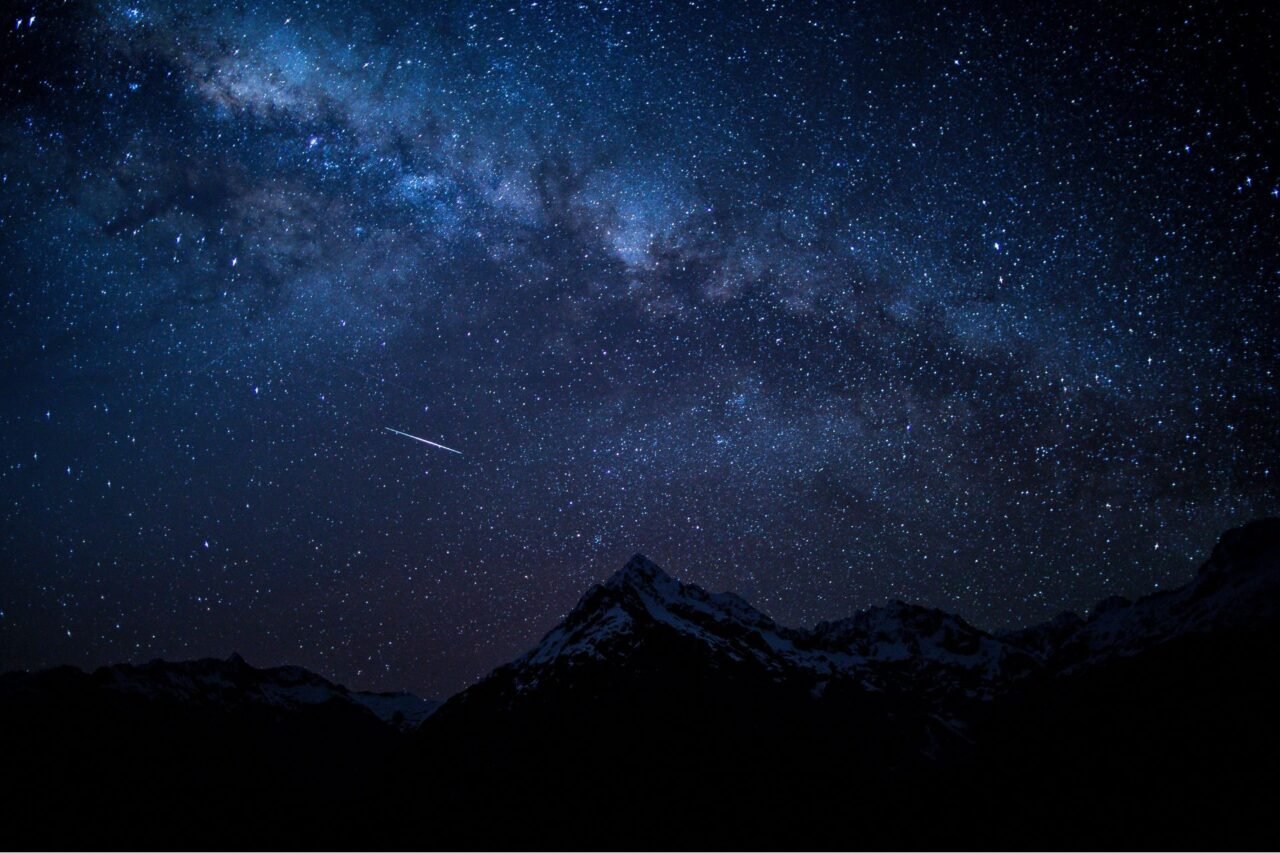URGENT UPDATE: A California startup’s ambitious plan to launch 4,000 mirrors into orbit has ignited significant concern among scientists and wildlife experts. Reflect Orbital aims to enhance energy output from solar farms by redirecting sunlight to these facilities during nighttime. The company has applied for a Federal Communications Commission (FCC) license to launch its demonstration satellite, EARENDIL-1, scheduled for April 2026.
Once in orbit, EARENDIL-1 will deploy a 3,600-square-foot mirror designed to focus sunlight onto specific solar farms on Earth. This initiative marks the first step toward a broader goal of establishing a constellation of mirrors by 2030. However, experts warn that the environmental and astronomical impacts could be catastrophic.
“The cost that this incurs not only on astronomy, but on the entire civilization—plus the ecological impacts—are, in my personal view, not worth the effort,” said Siegfried Eggl, an astrophysics professor at the University of Illinois Urbana-Champaign.
Reflect Orbital did not respond to requests for comment at the time of publication. However, a company spokesperson assured Space.com that an environmental impact assessment will be conducted prior to the deployment of the mirror constellation.
The startup’s website claims that the satellites will provide “continuous, reliable access to energy, day or night.” This bold promise has attracted major investors and a $1.25 million Small Business Innovation Research contract from the U.S. Air Force.
Yet, scientists express skepticism about the feasibility of this concept. According to astronomers Michael J. I. Brown and Matthew Kenworthy, a reflected beam from these mirrors would be approximately 15,000 times dimmer than the midday Sun when it reaches Earth, making it significantly less effective than anticipated. They estimate that over 3,000 satellites would be necessary to achieve just 20% of the midday Sun’s brightness in a targeted area.
Moreover, the rapid orbiting of these satellites means that continuous illumination would require over 4,000 mirrors. A potential accident, such as a collision with space debris causing a satellite to tumble, could result in uncontrollable light pollution affecting vast areas on Earth.
Light pollution is already a significant threat to astronomical research. With global levels rising approximately 10% annually since the introduction of LED lighting, astronomers are increasingly concerned about the implications of additional artificial light sources. Eggl warns, “When you have mirrors that are shining even in the approximate direction of where telescopes are, the sky brightness is going to increase drastically.” This could hinder the ability to observe faint astronomical objects crucial for research.
Beyond astronomy, the ecological ramifications are severe. Light pollution disrupts natural behaviors among numerous species, interfering with their circadian rhythms and overall physiology. David Smith, from the invertebrate charity BugLife, emphasizes the risks: “By effectively extending daylight hours through artificial light, light pollution disrupts the natural day-night cycles for countless species.”
The FCC license application is currently pending approval, and Eggl urges regulators to heed the scientific community’s serious concerns. “Given what they propose, I see no clear way this cannot be extremely disruptive for all sorts of things,” he added.
As Reflect Orbital pushes forward with its ambitious plans, the global community watches closely. The implications of this unprecedented project could redefine energy access and pose unforeseen challenges to our environment and night skies.
